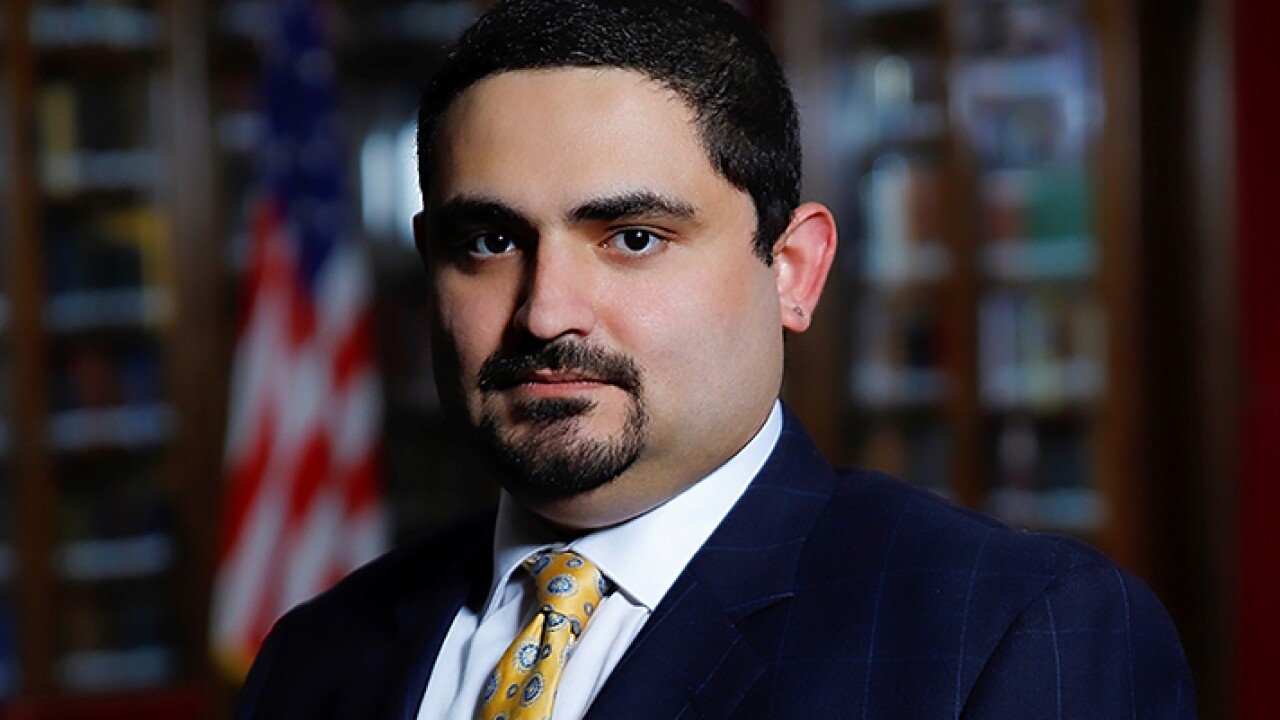CHICAGO – Illinois local governments, especially school districts, are faring better than their Pennsylvania counterparts during their respective states' budget impasses, Moody's Investors Service says in a new report.
Both states have been without budgets since the fiscal year began July 1. The budget impasses pose credit negatives for the local governments in both states, but more so in Pennsylvania.
Moody's has hit both state government credits recently.
Illinois is rated Baa1 with a negative outlook after a recent one-notch downgrade driven by the gridlock.
Pennsylvania is rated Aa3 with a negative outlook. Moody's shifted the state's outlook to negative over the impasse.
"In Illinois, most state aid to local governments is flowing even without an enacted budget," Moody's wrote. "In Pennsylvania, distributions are not being made, which is negatively affecting some local governments' cash flows."
Community colleges and public universities are adversely affected in both states, to varying degrees, while the impact on health care institutions is limited, Moody's wrote.
In Illinois, cities and counties benefit from ongoing state distributions of local state distributive aid although the state is running behind. Some have also been forced to manage with their share of gambling and motor fuel revenues.
Community colleges are seeing a moderate effect given that colleges have become accustomed to delayed receipts of current-year state aid payments although some are having a harder time coping with the delays of the state's Monetary Award Program.
The impact has been more significant for public universities depending on each institution's liquidity position, budgetary flexibility, and alternative revenue streams. Moody's on Oct. 26 downgraded six of Illinois' eight state universities due to the strain.
The budget impasse is hitting Pennsylvania school districts the hardest as state aid accounts for between 10% and 83% of their operating revenues.
"In addition to relying on state aid, many schools already face financial pressure from charter schools and rising pension costs," Moody's said.
Many have turned to reserves and short-term borrowing to stay open and cover obligations. At the close of September, 17 school districts and two intermediate units had borrowed more than $346 million and face a combined $11.2 million in interest fees. Philadelphia School District accounted for $275 million of that figure.
Counties have seen a lesser impact and are managing some services with their own reserves. Cities have seen minimal impacts because they rely more heavily on local revenue sources than state aid. State support typically constitutes between 20% and 30% of Pennsylvania community colleges' budgets and the lack of funding is forcing them to draw on liquid financial resources. Public universities are not receiving their aid but like Illinois the impact depends on an individual school's fiscal position.
The healthcare sector has seen limited effect given generally adequate cash reserves to withstand delays in both states, Moody's wrote.





